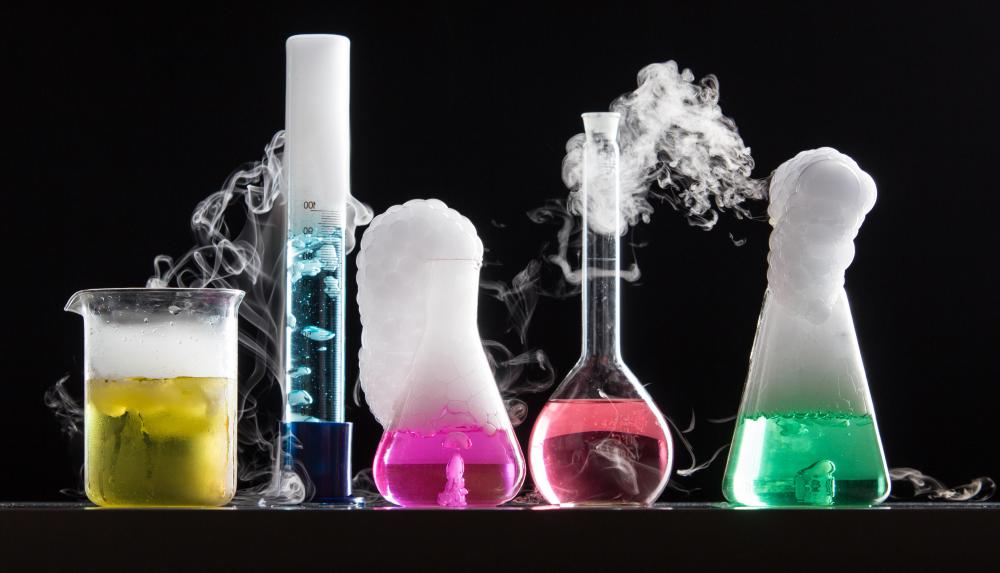
#4 real world examples of chemical changes skin#
Chemists examine changes in the skin in response to metabolic and environmental factors, formulate products to address skin problems and enhance beauty, and analyze how cosmetics interact with the skin and other products.
/burninglogs-58dd324c5f9b584683b72ea0.jpg)

Although both are used for cleaning, soap and detergent are two different examples of organic chemistry.Examples include gasoline, plastics, detergents, dyes, food additives, natural gas, and medicines. Photosynthesis: Changes solar energy into chemical energy. Hot packs: Chemical reaction produces heat or thermal energy. Propane: Burned to produce heat and light. An example of a photo decomposition reaction is the decomposition of ozone into dioxygen and an oxygen radical, as represented by the chemical equation provided below. Cold packs: Chemical energy is absorbed in a reaction. Fractional distillation separates the raw material into organic compounds according to their different boiling points. A photodecomposition reaction is a type of decomposition reaction in which the reactant is broken down to its constituents by absorbing energy from photons. Petrochemicals are chemicals derived from crude oil or petroleum.Examples include nylon, acrylic, PVC, polycarbonate, cellulose, and polyethylene. Common polymers you encounter every day are organic molecules.

Polymers consist of long chains and branches of molecules.


 0 kommentar(er)
0 kommentar(er)
